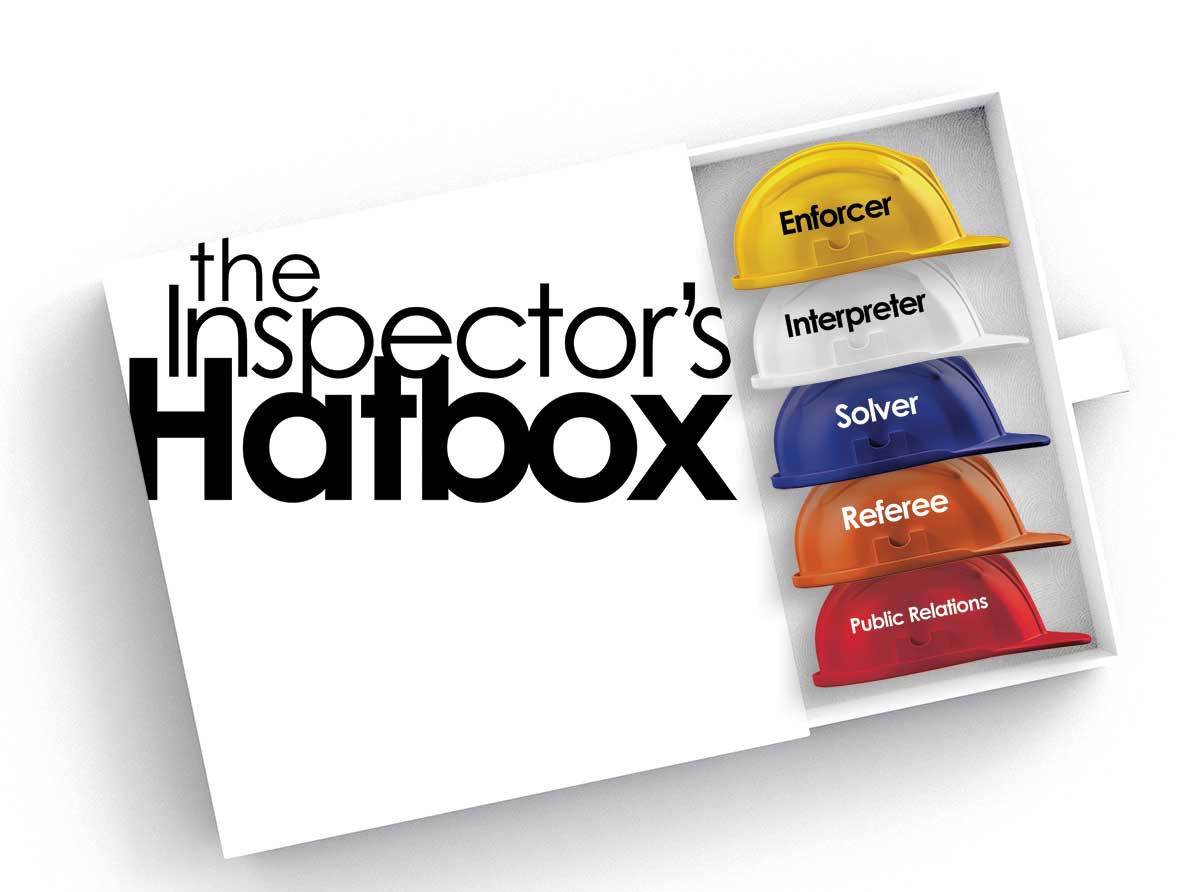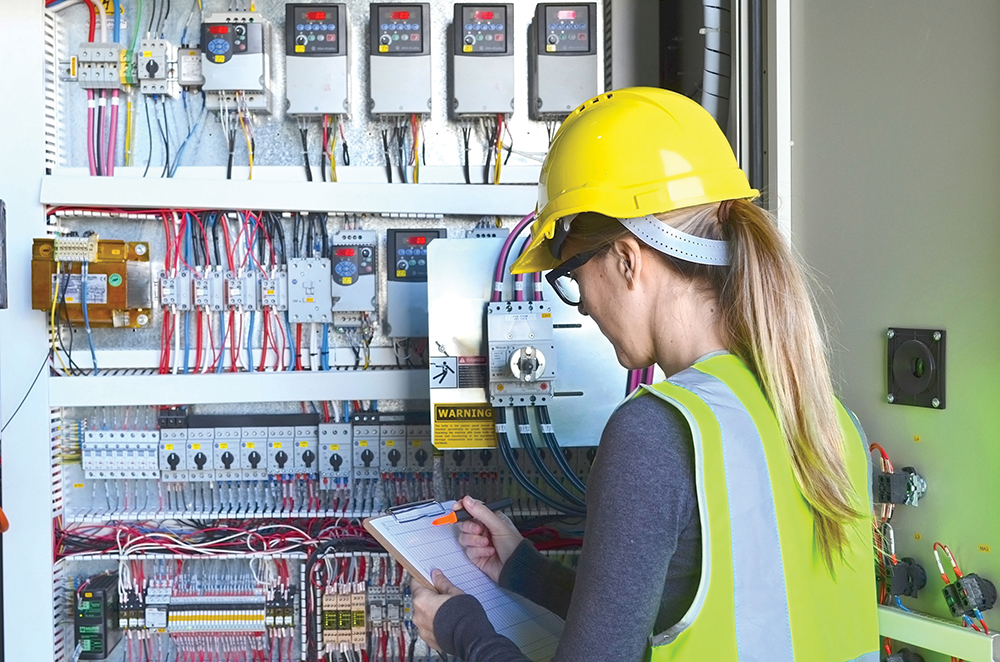As a state electrical inspector, a typical day can be anything but typical. From code enforcer to code interpreter, problem solver to referee, to public relations representative, it can be challenging to keep track of the many hats one needs to wear! And while some hats are more weathered than others, they all get their fair share of use.
While many city governments have mandatory inspections, there are no mandatory statewide electrical inspections here in Arkansas. We do, however, have state laws that require all those involved in the installation to be licensed individually and that the installation meets the currently adopted version of the National Electrical Code (NEC). I am usually found in the rural areas and smaller towns across the state, where there are no local AHJ’s, checking the licenses of electricians, and inspecting, at whatever the point the installation is at, for code compliance.
So, what’s the point in needing so many hats? For me, they are all used for one goal — to help those I encounter see the benefits of a safe and code-compliant electrical installation. Although we as inspectors may have laws and ordinances on our side to aid in enforcement, I have always found it to be a quicker and less complicated process to garner cooperation from a contractor, builder, or owner when code issues are in need of correction through relationship. It has been my experience that when those involved are in agreement of how a safe and code-compliant installation far outweighs the potential devastating alternatives, cooperation happens almost automatically.
A few years back, I came upon a church being renovated. After explaining that there were no exemptions from licensing and code requirements for church members to install the electrical system, I was accused of being a demon sent from the devil! A few months later, after coming across yet another church, I was accused of being an angel sent from heaven. Many hats were worn with the former, while fewer were needed with the latter! Electricity doesn’t care whether you are donating your time, what your gender or ethnicity is, or your personal faith. It will treat everyone equally, if not installed safely. But I am happy to say that in both cases, all those involved agreed with the benefits that they would receive from a quality and code-compliant installation. And that the devil had no role to play whatsoever in the process!
So, let’s look at some of the more common hats. The Code Enforcer hat is one that is constructed with authority. It conveys the message that I am here to perform a job and enforce the laws that govern that job. It is a hat with an important appearance, as it should, but not intimidating. It is confident but not ten-feet tall and bulletproof! It is the hat that sits atop all the other hats in the hatbox.
The Code Interpreter hat is an easy to understand hat. Or at least it attempts to be. This hat takes technical information and restates it into an easier to understand format. Drawing from real-world experiences, as well as illustrated publications like the NFPA 70 NEC Handbook, this hat helps an electrician, homeowner, business owner, builder, and others see what an individual code article is requiring and hopefully why it is required. This hat sometimes has an accompanying pen that can draw out illustrations as well as calculations on any nearby 2×4 wood stud or piece of cardboard!
The Problem Solver Hat is a hat that is difficult to put in the hatbox. It doesn’t like being put into a box but rather likes to be “outside” the box. It helps those who are looking to solve installation problems with considering alternatives that will meet the intent of the code requirement, and a lot of times exceed that requirement. It is not always confined to installation issues but can also be used to build a relationship through ideas about ways to save on time and costs through some of the alternative methods allowed by the NEC, such as lockable breakers rather than disconnects in allowable situations.
The Referee hat is a hat that has a lot of wear and tear. It finds itself in between potentials that can exist when two or more heavily charged people disagree! Many times, this potential will surface with a phone call from an electrician that wants to know why a particular AHJ has turned down an inspection due to an “obviously absurd” code requirement that can’t be found in any codebook! This call is usually interrupted with the beeping of another call coming in by the AHJ and vice versa. In both instances, the Referee hat first helps to clear up what the actual code requirement may be and then helps to ensure that the potential is shunted away with both parties are now safely at an even potential. Penalty flags are rarely thrown as most misinterpretations, by either or both parties, are also rarely intentional.
And lastly, there is the Public Relations Hat. Scarcely a day goes by that this hat isn’t worn. It is a hat constructed from a laid back and neighborly material. It has the ability to relate to people from different walks of life. It keeps all the other hats within the box in order and ensures that none of the other hats are left to their own without support. It often asks the question, “If one was to list all the material used to construct this building such as concrete, glass, electrical, wood, plumbing, sheetrock, etc., what would you put at the top of that list as having the greatest potential to destroy this building and the lives within it?”
One’s cooperation and perspective about electricity seem to widen with that question. It helps others to see that a code-compliant electrical installation will most likely result in minimal maintenance needed over the life of the structure as compared to other materials. The Public Relations Hat helps to promote that all the other hats, while individually separate, work together in unison to accomplish that one goal: To help those I encounter see the benefits of a safe and code-compliant electrical installation.
So, what other hats does your Inspector’s Hatbox contain? While many hats are typical for all Inspectors, some others may not be so typical. Because a typical day as an Electrical Inspector can be anything but typical!











Find Us on Socials